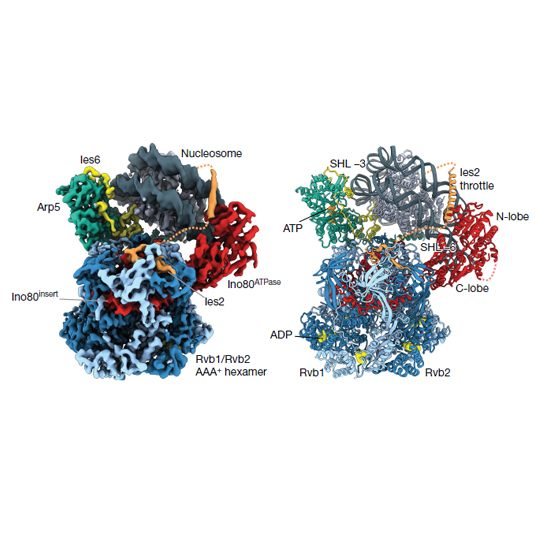The genomic DNA of higher organisms is compactly wrapped in the cell nucleus. DNA is tightly wound around a large number of histones called nucleosomes. For example, human cells contain about two meters of DNA in this way. However, genes must constantly undergo messenger RNA (mRNA) to guide protein synthesis. In addition, the entire DNA must be replicated before cell division, and DNA damage needs to be repaired. Therefore, cells…
cryo-EM
The Latest Research Progress of Ion Channels (II)

(Continued) PNAS: Scientists find another key protein that helps humans feel the taste doi:10.1073/pnas.1718802115 Until now, many scientists believe that a protein called TRPM5 is the key to distinguish these tastes. When TRPM5 is removed from human taste cells, they can no longer taste sweet, bitter or salty foods. The results of a recent study challenged this existing concept. According to an article recently published in PNAS, the…
The Latest Research Progress of Ion Channels (I)

It has been known that most of the substances that are of significance to life are water-soluble, such as various ions and sugars. They need to enter the cells, and the water-soluble wastes produced during the life activities need leave the cells. Ion channels are made up of special proteins. They assemble and embed in the cell membrane. The pores form in the middle occupied by water molecules. These pores…
